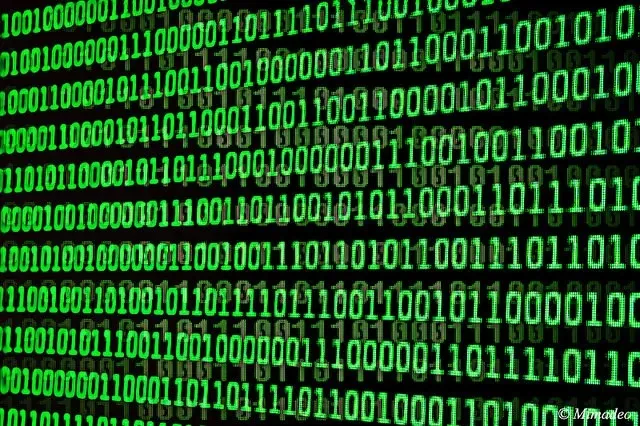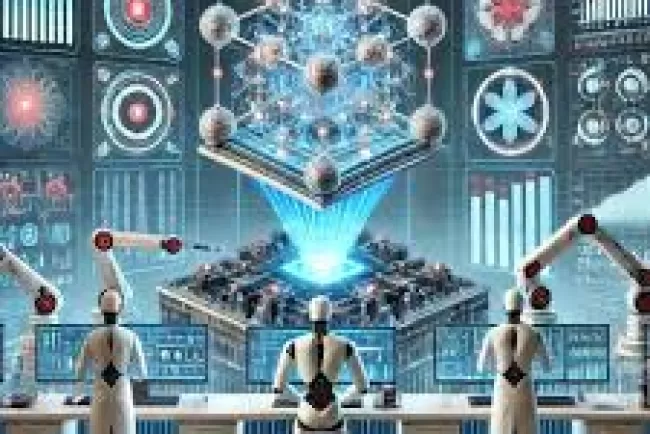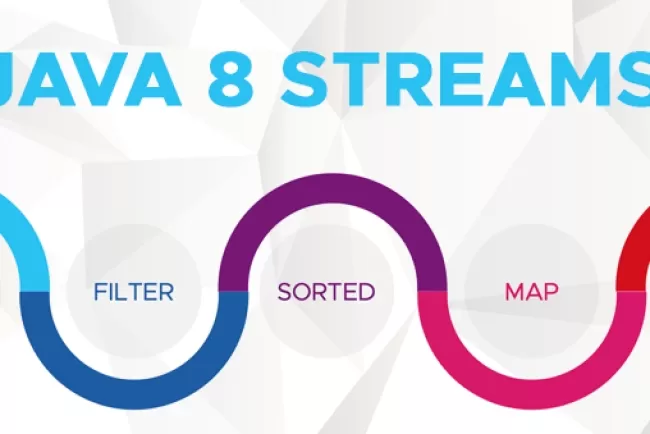Binary Language: The Digital Foundation...!!!
Binary language forms the bedrock of computer operations. It relies on only two digits: 0 and 1. This straightforwardness lends binary its exceptional power and efficiency in digital systems. Every type of data within a computer—be it text, images, or audio—is ultimately expressed in binary form.

The Basics of Binary
Binary operates as a base-2 numerical system, unlike the base-10 decimal system used in daily life. In base-10, each digit signifies a power of 10. For example, the number 345 in decimal can be broken down as:
In binary, each digit signifies a power of 2. Hence, the binary number 1011 converts to:
Each digit in a binary number is referred to as a bit (short for binary digit). Bits are the smallest data unit in a computer.
Why Binary?
The reason behind computers using binary is rooted in physics. Binary's dependency on two states (0 and 1) aligns perfectly with the on-off nature of transistors, the fundamental components of computer circuits. Transistors can be in either an "on" state (represented by 1) or an "off" state (represented by 0). This makes binary language a natural fit for electronic circuits, which are the backbone of all modern digital devices.
Binary Operations
Binary language supports fundamental arithmetic operations, much like the decimal system. The primary operations include addition, subtraction, multiplication, and division.
-
Addition:
-
0 + 0 = 0
-
0 + 1 = 1
-
1 + 0 = 1
-
1 + 1 = 10 (which is 2 in decimal, so you carry over the 1)
-
-
Subtraction:
-
0 - 0 = 0
-
1 - 0 = 1
-
1 - 1 = 0
-
0 - 1 = 1 (borrow from the next higher bit)
-
-
Multiplication:
-
Works similarly to decimal multiplication but with only 0s and 1s.
-
-
Division:
-
Similar to decimal division, with remainders and bit shifts.
-

Binary in Computing
In computing, binary is utilized to represent all forms of data:
-
Text: Characters are encoded using standards like ASCII (American Standard Code for Information Interchange) or Unicode. Each character is assigned a unique binary number. For instance, the ASCII code for "A" is 65, which is 1000001 in binary.
-
Images: Images are stored as a grid of pixels, with each pixel represented by a binary value indicating its color. For example, in a black and white image, 0 might represent black, and 1 might represent white.
-
Sound: Audio files are digitized by sampling sound waves at regular intervals. Each sample is represented by a binary number. The higher the bit depth of the sample, the more accurately the sound can be reproduced.
-
Instructions: Machine code, which is the set of instructions executed by a computer's CPU, is written in binary. Each instruction is a binary number corresponding to a specific operation.
Binary and Logic Gates
Binary logic is also pivotal in designing digital circuits. Logic gates, the fundamental units of digital circuits, perform basic logical functions using binary inputs and outputs. The main types of logic gates include AND, OR, NOT, NAND, NOR, XOR, and XNOR. These gates are combined to form more complex circuits, driving computing processes.
While binary language may seem simple, its elegance and efficiency underpin modern computing. By distilling everything into a series of 0s and 1s, binary enables the creation of complex algorithms, advanced computing systems, and the digital revolution we've witnessed in recent decades. Without binary, the digital world as we know it wouldn't exist.
What's Your Reaction?

















